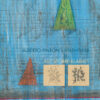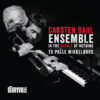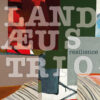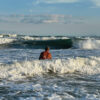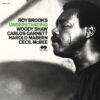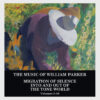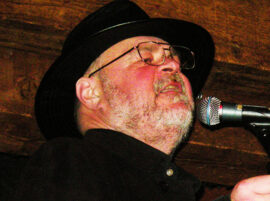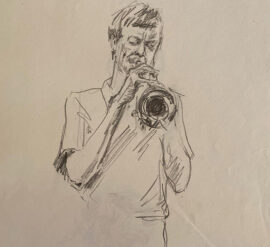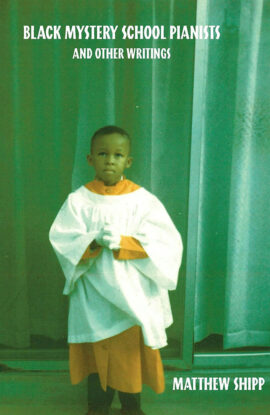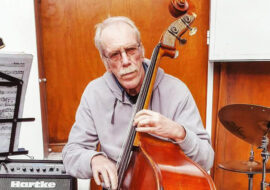
The Columbia Icefield is the largest icefield in the Canadian Rocky Mountains, a glacial structure that feeds into the Columbia River, and, eventually, into the Pacific Ocean. This World Heritage Site is also a powerful and dynamic force that shapes the regional landscape and climate. Its glaciers endlessly advance and retreat in an ancient elemental dance, with moves that are measured in millennial cycles.
This alien-looking natural phenomena offers a striking metaphor for man’s relationship to nature. Trumpeter Nate Wooley, who comes from a small town in the Pacific Northwestern corner of Oregon, shadowed by icefields, meditates on his album Columbia Icefield on his own relation with the monolith natural entity, the way that our lives are reflected and shaped by our surroundings, and more generally, humanity in the face of unapproachable. “This record really came down to trying to build structures that have a feeling of being really large and slightly disturbing, but also, natural”, He explains. “it’s earthbound, it comes from a natural place; it’s not an attack on our senses. We understand it”.
Wooley is joined by guitarist Mary Halvorson, pedal steel player Susan Alcorn and drummer Ryan Sawyer, who also adds vocals. Wooley played before with these musicians before but not in such configuration. These unique musicians assist Wooley to transform his elusive feelings about the still and silent entity. The opening piece “Lionel Trilling”, titled after the American literary critic and author (and written while Wooley was reading his book, “The Liberal Imagination”), captures the contradicting perspectives about the icefield. Halvorson and Alcorn play repetitive, insistent lines that represent a quiet and static sense of time and space – supposedly, the appearance of the icefield itself, while Wooley, who employs his extended breathing techniques, and Sawyer address the subtle but chaotic movements within the icefield, building a disturbing tension. The whole quartet resolve mid-piece the unbearable tension but only briefly, still, in an emotional and compassionate interplay.
“Seven in the Woods”, titled after a poem of Jim Harrison, suggests an elegiac atmosphere and an immediate yet fragile kinship between the muted trumpet of Wooley and the minimalist-singing lines of Alcorn. Later, Sawyer and Halvorson expand this emphatic interplay with lyrical, gentle guitar lines and a simple rhythmic pattern. But now Alcorn, Halvorson and Sawyer slowly build again the tension, expressed with sudden, threatening and noisy attacks, while keeping the minimalist atmosphere of this piece. The last piece “With Condolences” is the most emotional and poetic – literally – one. Wooley plays solitary, mourning calls while Sawyer, Halvorson and Alcorn intervene with fractured, chaotic interplay. Then Sawyer reads a poem by John Berryman, “Dream Song 42: O journeyer, deaf in the mould, insane” that cements the melancholic atmosphere of this touching piece. Wooley concludes with a quiet fanfare, resonating beautifully the awe, beauty and immense, violent presence of the Columbia Icefield.
Eyal Hareuveni
Nate Wooley (amplified trp), Mary Halvorson (g), Susan Alcorn (pedal steel), Ryan Sawyer (drs, v).


